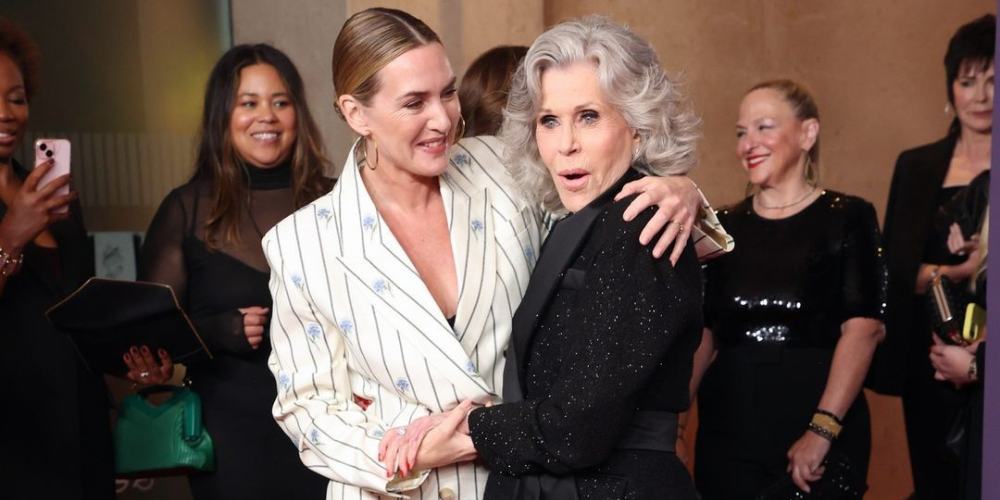In a world where societal roles are evolving, the dynamics within American households are also undergoing significant changes. An increasingly prominent trend is the rise of women as breadwinners in their families. While it's a step towards equality, this shift doesn't always erase the traditional responsibilities that often come with being a wife and mother.
Let's explore how this changing landscape is reshaping family dynamics financial equality, and the challenges that come with it.
The Changing Dynamics
Over the past fifty years, the landscape of American marriages has undergone a remarkable transformation. The days of husbands being the sole breadwinners are fading. The number of wives earning as much or more than their husbands has tripled since the 1970s.

Oleksandr P/ Pexels | The journey of a breadwinner wife is a testament to the evolving nature of relationships and the pursuit of equality
According to recent research by the Pew Research Center, approximately 45% of wives now earn equal or higher income than their husbands. This shift signifies a growing trend towards financial parity within partnerships.
Breadwinner Wives
Despite the progress, misconceptions linger. A survey conducted by Pew revealed that around 48% of Americans believe that married men still prefer to outearn their wives. Only a small fraction, 3%, believed that men support women earning more than them. Such perceptions often stem from societal norms and gender expectations, sometimes overshadowing the reality of evolving partnerships.
Factors Influencing Earnings Disparity
While more women are becoming primary earners, the earnings gap still exists. On average, husbands continue to earn more than their wives.
In heterosexual marriages, Pew's analysis of Census data showed that the median income for wives was approximately $35,000, while husbands earned around $65,000 in 2022. This disparity can be attributed to various factors, including career choices and educational backgrounds.

Karolina Grabowska/ Pexels | About 48% of Americans believe married men would prefer to outearn their wives
Education and Family Size
Education plays a significant role in reshaping the dynamics of breadwinner wives. A noteworthy trend is that women are increasingly out-educating men, with women being the majority of college graduates since the 1980s.
This educational boost has empowered women to join the workforce and enhance their earning potential. Additionally, family size is another factor influencing the earning power of women. Research indicates that married women without children are likelier to out-earn their husbands than married mothers.
Balancing Responsibilities
While women are making strides as breadwinners, the division of responsibilities within households often remains uneven. Even when both partners contribute equally to work, Pew's findings suggest that married women spend more time on household chores and childcare, while husbands dedicate more time to leisure activities. However, a more equitable distribution is possible, exemplified by couples sharing responsibilities more evenly.
Challenges Beyond the Balance
The journey of a breadwinner wife is not without its challenges. Jessica Goldenberg, a Pennsylvania mother and part-time contractor in clinical research, attests to the sensitivity surrounding the topic, both within and outside her home. The societal stigma associated with women out-earning their husbands can create pressures and perceptions contributing to emotional strain.

CoWomen/ Pexels | Women’s financial contributions have increased.
A Reality Check
For breadwinner wives, the challenges extend beyond work and home responsibilities. The inadequacies of the healthcare system can impact their professional journey.
Goldenberg's experience highlights the time-consuming struggles in managing her child's health needs, from finding suitable appointment times to juggling multiple providers. These hurdles test women's ability to balance work and family and underscore the need for supportive workplaces and flexible policies.
Embracing Change and Navigating Challenges
As women continue to redefine their roles within the family and the workforce, the road ahead is both promising and challenging. The rise of breadwinner wives signifies progress towards gender equality, but there's still work to be done. Society's perceptions and expectations need to evolve to match the changing realities. Balancing responsibilities and pursuing career ambitions remains a delicate dance but worth mastering.








